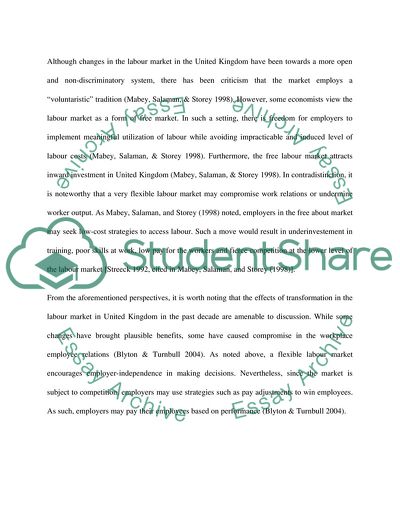Cite this document
(In the past decade workplace employee relations in the United Kingdom Essay, n.d.)
In the past decade workplace employee relations in the United Kingdom Essay. https://studentshare.org/human-resources/1716505-in-the-past-decade-workplace-employee-relations-in-the-united-kingdom-have-been-transformed-as-a-result-of-labour-market-flexibility-and-flexible-working-practi
In the past decade workplace employee relations in the United Kingdom Essay. https://studentshare.org/human-resources/1716505-in-the-past-decade-workplace-employee-relations-in-the-united-kingdom-have-been-transformed-as-a-result-of-labour-market-flexibility-and-flexible-working-practi
(In the past Decade Workplace Employee Relations in the United Kingdom Essay)
In the past Decade Workplace Employee Relations in the United Kingdom Essay. https://studentshare.org/human-resources/1716505-in-the-past-decade-workplace-employee-relations-in-the-united-kingdom-have-been-transformed-as-a-result-of-labour-market-flexibility-and-flexible-working-practi.
In the past Decade Workplace Employee Relations in the United Kingdom Essay. https://studentshare.org/human-resources/1716505-in-the-past-decade-workplace-employee-relations-in-the-united-kingdom-have-been-transformed-as-a-result-of-labour-market-flexibility-and-flexible-working-practi.
“In the past Decade Workplace Employee Relations in the United Kingdom Essay”. https://studentshare.org/human-resources/1716505-in-the-past-decade-workplace-employee-relations-in-the-united-kingdom-have-been-transformed-as-a-result-of-labour-market-flexibility-and-flexible-working-practi.


